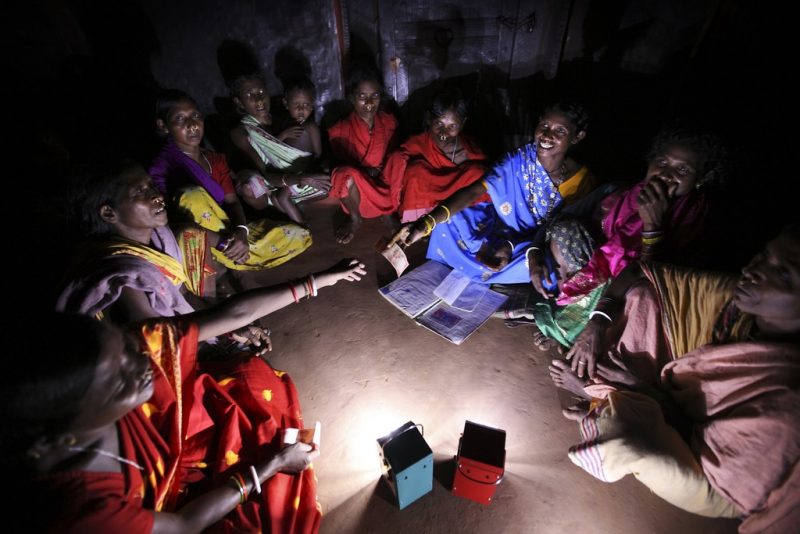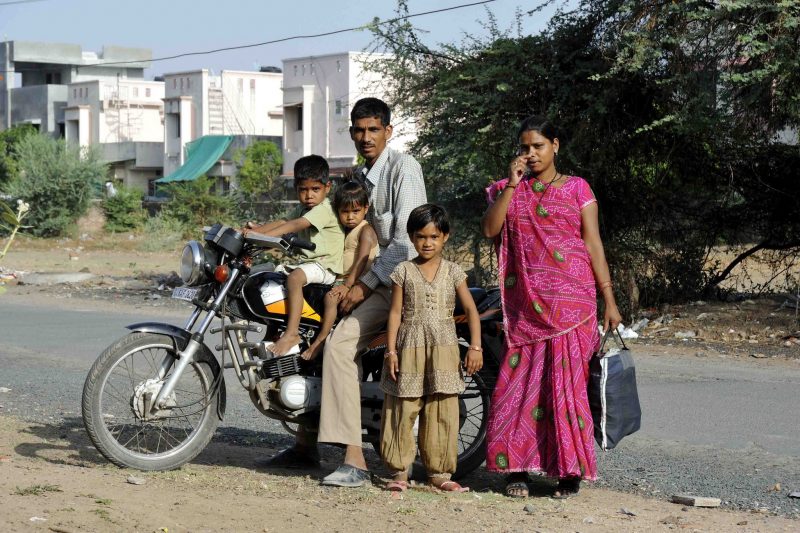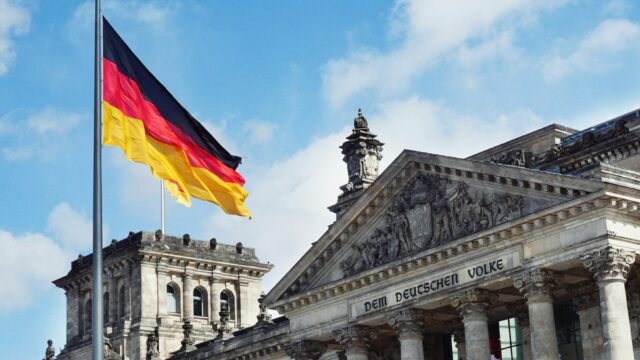
I was in Paris for the first working day after the historic climate change agreements in December 2015. The Secretary General of the Organisation for Economic Co-operation and Development (OECD), Angel Gurria, had called many of us together to “begin the task of changing economies so that they deliver on our climate agreements.” We asked ourselves, “How can we shift economies off their heavy use of the fossil fuels that cause damaging climate change, and encourage economic activities that help us to be resilient to at least a 2 degree temperature rise?”
The last few years have given us some experience to build on. The financial crisis of 2008 saw many governments wondering how to boost faltering economic growth, and to create more jobs. Some countries such as Germany, Denmark, and Korea responded with “green stimulus” packages.
They had noted that there was good business to be done in clean technology production and in installing efficient transport and energy infrastructure. They chose to focus their fiscal stimulation on the new “green goods and services” sector of the economy.
A new international institution, the Global Green Growth Institute (GGGI), was set up in Korea to extend this approach across many countries, and is one of the fastest-growing international organisations. Many business and government leaders now recognise that high-carbon intensity and heavy use of natural resources are indicators of inefficiency.
In 2015 China, once known mainly for its very heavy pollution, became the world’s biggest solar technology and wind power producer. Bangladesh has been rolling out solar power for low-income groups. Germany and many Scandinavian countries are moving to economies powered by renewables. Even Saudi Arabia and the UAE aim to “wean the world off fossil fuels.”
While there are many “glimpses” of green growth and fine aspirations, there are also big blocks to significant progress. This is unsurprising since economies have been structured for decades around fossil fuels and big businesses liquidating natural resources to generate other physical and financial assets. Tax regimes still favour fossil fuels.
Financial rules still attract big capital to turn forests, rivers, and seas into commodities as fast as possible. What the governor of the Bank of England, Mark Carney, calls the “tragedy of short-term horizons” -- with daily stock-market pricing, no concern for the long term, and no regular inventory taken of our natural assets, means our economy is literally stealing from the future.
No wonder that six of the eight “biggest global risks” identified by the World Economic Forum in 2015 are connected environmental problems, poverty, and inequality.

This is why there is a growing movement to help countries remove the barriers to “green economies.” Five United Nations agencies have come together under the Partnership of Action for Green Economies (UN-PAGE), to help governments analyse their economies and make improvements to policy and plans. Civil society organisations, as well as the UN, have joined up in the Green Economy Coalition (GEC), to explore what kinds of economy are needed in different countries -- sharing problems and ideas. Knowledge organisations have combined forces in the Green Growth Knowledge Platform (GGKP) -- to share information on technologies and policy instruments that work. Together, these offer the promise to put in place what has been missing in “sustainable development” for the last 40 years -- getting its economics right.
So what is all this work telling us a green economy should look like? My organisation, IIED, and the GEC have held dialogues in several developing countries, such as India, Brazil, Caribbean, Ethiopia involving civil society, businesses, and government. It is remarkable that every dialogue revealed a common concern for:
- Human well-being -- green economies must create decent jobs and reduce poverty
- Inclusion -- green economies must not be owned only by big energy and infrastructure companies, a majority of the population must be able to take part and benefit
- “Natural capital” -- green economies will nurture the ‘green’ foundations of the economy by conserving soils, water, bio-diversity, etc, and aim for their sustainable use
- Climate and ecological boundaries -- at the same time, green economies will not destroy natural capital, taking care to get good information on it and respecting it in decisions
- Economic growth -- green economies will prioritise growth in the right places, in order to deliver above
The case for inclusion was strongly emphasised in all countries. Too many people have been failed by economic systems to date. The test for greener approaches will be whether people are now better served by them -- by creating many new jobs at low establishment cost and with low (fossil fuel) energy use.
It will also depend on how well growth includes the informal economy -- the landless, and women with the resources they can access, ie natural capital and their own labour.
This all points to farming that makes good use of natural ecological cycling, organic manuring, and water-conserving agriculture. It points to formalising informal activities into modern, decent jobs such as waste recycling that can compete with higher-cost corporate waste management companies.
If they embrace many people, green economy activities can benefit from the greater market size needed for rolling out small-scale solar energy, community sanitation schemes, and green construction.
“ The challenge now is to bring all this together -- to build the integrated, inclusive institutions that will shape green economies and sustain the prosperity of people and nature.”
No country yet has a perfect green economy plan. Some intend to “mainstream” green growth ideas into the current planning system: Zambia is shaping its 7th National Plan this way. Others know it will take a lot of learning and experimentation to get right: South Africa has a Green Economy Accord where government, business, and civil society agree to work together to evolve an approach. Germany has proven the importance of combining societal involvement with government leadership: Its Energiewende energy transition has enabled a massive shift away from fossil fuels through both government support and community ownership of renewable electricity production.
The Green Economy Coalition and Green Growth Knowledge Platform have catalogued many examples of green economic activity from all over the world.
There are renewable energy and “big data” revolutions led by progressive business. There is innovation and resilience in the informal economy, too. Policy instruments are emerging to scale up green approaches.
One example is asking environment and climate questions when public expenditure is being scrutinised. Another is environmental fiscal reform -- shifting taxes towards bad things like excessive fossil fuel and resource consumption and away from good things like people’s labour. Micro-finance, micro-insurance and other financial mechanisms are spinning of, aimed at encouraging green asset classes and long-term public goods.
Many countries have recently made progress in “natural capital accounting” -- keeping track of the condition and use of forests, water, etc, alongside traditional national accounting. The challenge now is to bring all this together -- to build the integrated, inclusive institutions that will shape green economies and sustain the prosperity of people and nature.
Steve Bass, Senior Associate, International Institute for Environment and Development (IIED)
This article has been reposted from the Dhaka Tribune website. Original available here.
Image credits:
"Lighting up remote villages" (CC BY-NC-ND 2.0) by DFID - UK Department for International Development
"A family in rural India" (CC BY-NC-ND 2.0) by ILO in Asia and the Pacific


